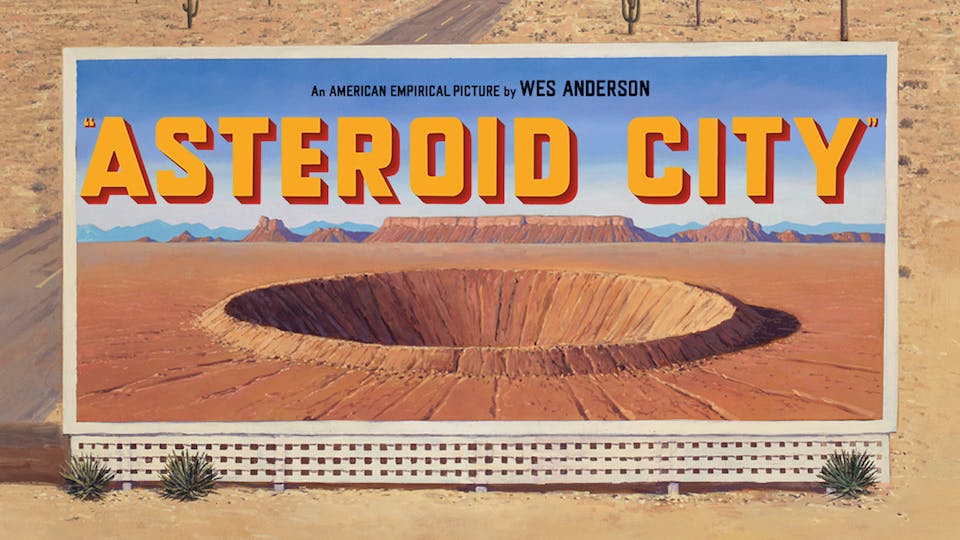We take a look at the making of Asteroid City, newest movie of Wes Anderson hitting theaters on June 23 and how the world has turned out crazily for the American director’s pastel-hued style.

Wes Anderson’s Signature Aesthetic
Wes Anderson has earned more accolades than he could possibly use, assuming imitation is the highest form of flattery. Pastel-heavy, the widely imitated filmmaker’s distinctive style has influenced everything from shops and bakeries to hotels and showrooms throughout the globe (we personally like a caffè at the authentic Anderson-designed Bar Luce in Milan).
When it first opened in 2015, he said, “I tried to make it a bar I would want to spend my own non-fictional afternoons in.”
The Instagram account @accidentallywesanderson has amassed over 1,700 Anderson-worthy locales worldwide and counting owing to contributions from its passionate community of over 2 million followers. Anderson’s visual vocabulary is difficult to nail down but instantly recognizable.
More recently, TikTokers have given mundane and everyday activities the Anderson treatment, paying homage to the director’s symmetrical tableaus and deadpan stares, set to Alexandre Desplat’s Obituary, from the soundtrack of Anderson’s film The French Dispatch. This has resulted in the auteur’s distinct style going viral.
Nostalgic Paean To The Analogue
Asteroid City is a sentimental ode to traditional filmmaking, shot on Kodak film and mostly avoiding green screen. A farm field was leveled to make room for an immersive, functional mini-town created by Anderson’s longstanding partner Adam Stockhausen on the outskirts of the Spanish medieval town of Chinchón, which makes a cameo appearance as the American southwest.
Mountains, boulders, and rocks were all built in addition to the luncheonette, garage, and motel, which were all made as actual buildings.Anderson and Stockhausen drew inspiration for the desert setting from movies like Frank Capra’s classic It Happened One Night, Billy Wilder’s Ace in the Hole, and Kiss Me, Stupid, as well as John Sturge’s 1955 picture Black Rock, which was shot on location in Death Valley and the Mojave Desert.
